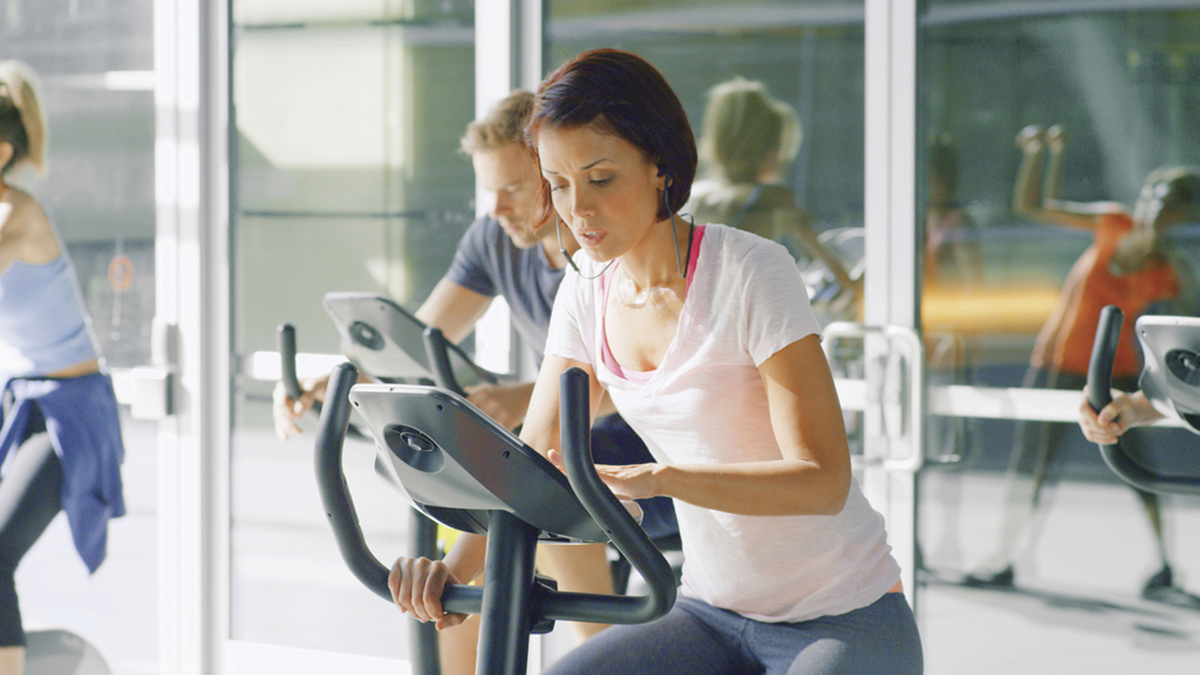What is strength and conditioning?
Strength and conditioning is a physiological and physical development of athletes that uses more than traditional weightlifting. The goal of a strength and conditioning coach is to improve an athletes strength, power and speed to become faster and more flexible allowing them to be able to take part in their sport to a higher level. The training involves more than lifting weights, including plyometric training, speed and agility, muscular endurance and flexibility training to give the athlete a well rounded fitness base. The work of an S & C coach is to work with a sports coach who works on specific areas of a particular sports skills such as a basketball coach working on shooting. A program would be developed to include all elements of an athletes training to get them to the peak of their physical fitness at the appropriate time in their season.

S & C is mostly used with athletes or sports teams but it can be done on an individual basis for the general population. But its important to understand the limitations of the body and the appropriate exercises to complete to make sure you don't cause any injury. If you wanted to improve your own ability there are lots of resources to found online designated to the types of exercises that strength and conditioning involve.
Should women do strength and conditioning training?
There is a lot of stigma associated with women and strength training. But as S & C is more intense than simply lifting weights there are even more arguments that women should not complete this level of training. However there is no physical or physiological reason that women cannot take part. Of course, females need to lower the level they train at and wont be able to train at the same level as men but they can still develop programs that suit their smaller frames and lower muscle mass.
See Also: 5 Day Workout Plan For Women
Research in 1991 in The Journal of Strength and Conditioning Research found that after 12 weeks of off season strength and conditioning training for female volleyball players improved a number of factors. They found improvement's in sport-specific peak and mean isometric force (contraction while remaining still), vertical jump (VJ), shoulder flexibility, maximal strength for the bench press, military press, squat and hang power clean. This was one of the early investigations into the effects of this type of training on women and it has proven that significant improvements can be seen after only a 12 week program.
Examples Of Strength And Conditioning Training
So you are thinking of getting involved and adding some strength & conditioning exercises to your workouts. Well here are some ideas of what you can do:

You need to make sure that you are doing exercise that is realistic particularly as females take a bit longer to recover due to lack of testosterone to repair the muscle tissue.
Workouts such as:
50 sit ups
50 push ups
50 burpees etc...DO NOT COMPLETE THESE!
A good balanced workout allows time for rest and recovery within the session and break the elements of S & C down into separate workouts such as strength, conditioning, flexibility, agility etc.
Below is an example of 2 workouts for the strength and conditioning phases:
Strength
5 min warm up - treadmill/jumping jacks
- Barbell squat to shoulder press - 15 reps
- Barbell deadlift - 15 reps
- Barbell lunges - 15 reps
Complete each exercise back to back and then rest for 1 minute. Complete the circuit 5 times. This is a sample of a leg workout or part of a workout. You can easily add another circuit to the session which works other body areas such as arms or back.
The following circuit is an example of a conditioning circuit:
Conditioning
Using a kettlebell that is easy so that you are not struggling and can maintain form and technique complete 30 seconds of each exercise and allow 30 seconds rest between each exercise.
- Push Press - 15s each side
- 2 handed swing
- Jump squats
- High pulls
These exercises require you to work hard for a longer period than a purely strength workout and that conditions the body to improve strength and muscular endurance. By combining strength and muscular endurance you are able to build up your stamina by stressing the heart and lungs as well as causing muscle damage to allow muscles to grow back stronger and bigger.
See Also: Woman, Put Down Those Five Pound Dumbbells
Research
The journal of strength and conditioning research has published many articles that show how this type of training benefits females. Stone et al (1994) found that using a variety of 3 different resistance training methods saw improvements in muscle strength and endurance. Also, an article in the Journal of the Americans Geriatrics society found that a period of strength and conditioning training on women aged 66-77 decreased the fatigue in the legs by 40%, their walking velocity increased by 18% and strength increased on average of 52%. This shows that not only can young women benefit from strength and conditioning training but older females can improve their quality of life also.
- Article 1: Fry et al (1991) The Effects of an Off-season Strength and Conditioning Program on Starters and Non-starters in Women's Intercollegiate Volleyball. Journal of Strength and conditioning research.
- Photo by shutterstock.com
- Photo courtesy of plantronicsgermany by Flickr : www.flickr.com/photos/plantronicsgermany/9682595001
- www.eis2win.co.uk
- www.europepmc.org/abstract/MED/7602026/reload=0
- jsessionid=0FjMatktXTMEMGAzu1Qw.20


Your thoughts on this